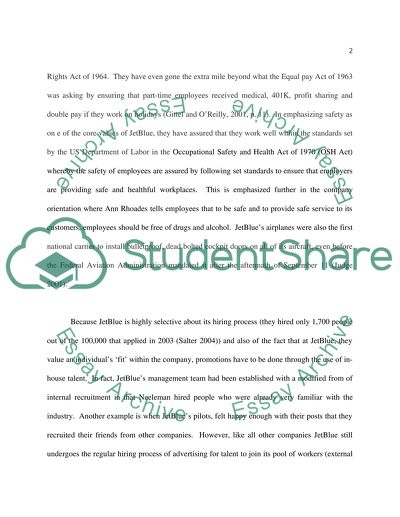Cite this document
(Human Behavior in Organizations - A Look at JetBlues Policies Case Study, n.d.)
Human Behavior in Organizations - A Look at JetBlues Policies Case Study. Retrieved from https://studentshare.org/human-resources/1518986-human-behavior-in-organizations
Human Behavior in Organizations - A Look at JetBlues Policies Case Study. Retrieved from https://studentshare.org/human-resources/1518986-human-behavior-in-organizations
(Human Behavior in Organizations - A Look at JetBlues Policies Case Study)
Human Behavior in Organizations - A Look at JetBlues Policies Case Study. https://studentshare.org/human-resources/1518986-human-behavior-in-organizations.
Human Behavior in Organizations - A Look at JetBlues Policies Case Study. https://studentshare.org/human-resources/1518986-human-behavior-in-organizations.
“Human Behavior in Organizations - A Look at JetBlues Policies Case Study”, n.d. https://studentshare.org/human-resources/1518986-human-behavior-in-organizations.


